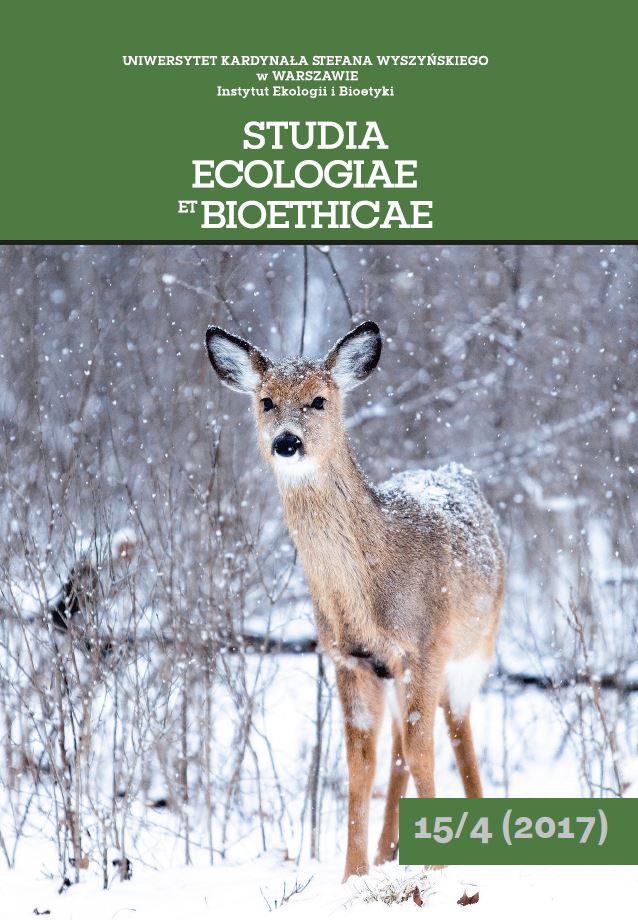Ekologiczne inspiracje modelu TALC cyklu życia obszaru turystycznego1
Ecological inspirations of the TALC model of the tourism area life cycle
Author(s): Wojciech SzeligiewiczSubject(s): Tourism
Published by: Wydawnictwo Naukowe Uniwersytetu Kardynała Stefana Wyszyńskiego w Warszawie
Keywords: touristic area; tourists; ecotourism; mass tourism; density-dependent effects; population regulation; r and K strategy; TALC model
Summary/Abstract: The Richard Butler’s model of the tourism area life cycle (TALC) proposes a defined image of qualitative changing of number of tourists N over time within this area and of environmental, social and economic processes simultaneously proceeding there. According to the model N increases up to stagnation phase following S-shaped curve. The curve is a solution to logistic equation incorporated to the TALC model from ecology. The aim of this paper is to remind of the properties of the logistic model and underlying ecological assumptions, of some consequences that they may impose to TALC model, and to tie some other aspects of the TALC model with ecology. In particular, a graph of the right-hand side of the logistic equation as a function of N is invoked labeled with the description of consecutive phases of the touristic area development reminding that the first “primary” stage of the area, i.e. when N is small, has the greatest tourist population growth per capita. Then, that there is a decline of the attractiveness of the area in spite of – according to TALC scenario – provided facilities and investments. The same graph might be used to show some principal differences between ecotourism and mass tourism. Moreover the issues of population regulation, density-dependent self regulation, Allee effect, carrying capacity and r and K strategies were raised. It was also suggested that some experience from mathematical population modeling could be helpful in such considerations.
Journal: Studia Ecologiae et Bioethicae
- Issue Year: 15/2017
- Issue No: 4
- Page Range: 63-78
- Page Count: 13
- Language: Polish

